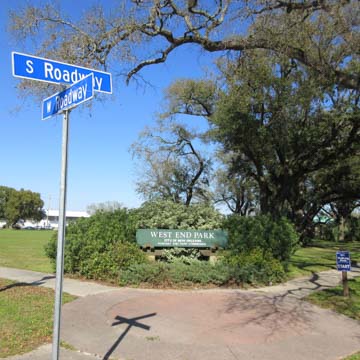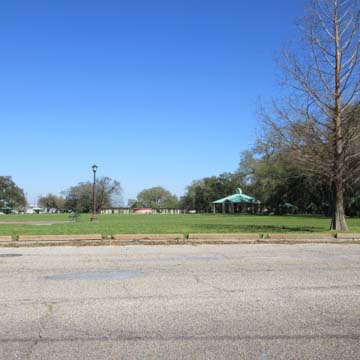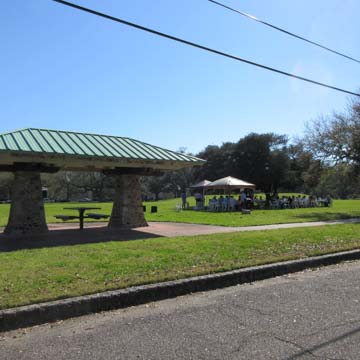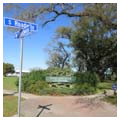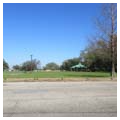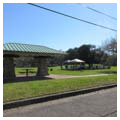West End Park is a city-owned open space near the private amusement and music venues that sprang up on the southern shore of Lake Pontchartrain at the termini of late-nineteenth-century rail lines. Such open spaces, often associated with increasingly popular rail lines (the St. Charles Avenue streetcar line and “Smokey Mary” to Lake Pontchartrain) or other transportation routes (Carondelet Walk along the Carondelet Canal; Bayou St. John), are late-nineteenth-century versions of the “pleasure gardens” that populated the city from the early nineteenth-century. This open-space typology has remained obscure not only in New Orleans but elsewhere in America; recent scholarship suggests there were nearly twenty such examples throughout New Orleans that offered varying degrees of musical entertainment, spectacle (such as balloon ascensions and demonstrations of early photography), food and drink (often associated with cultural identity), sport (including competitive and solo games), and political activities, with varying degrees of public accommodation. These privately owned, quasi-public spaces, accessible via a small admission fee, were available to the general public. By the beginning of the twentieth century, with the rise of amusement venues on Lake Pontchartrain and larger public parks elsewhere in the city, pleasure gardens had disappeared, victims of changing tastes, increasing options for entertainment elsewhere in the community, and the commercial pressures of the real-estate marketplace. Today, the park is an open green space, dotted with oak trees, a lagoon, and a central fountain, and surrounded by the marina, boats, and boathouses. The wooden three-stage New Canal Lighthouse of 1890, destroyed by Hurricane Katrina and rebuilt in 2013, can be seen from the north end of N. Roadway Street.
You are here
West End Park
If SAH Archipedia has been useful to you, please consider supporting it.
SAH Archipedia tells the story of the United States through its buildings, landscapes, and cities. This freely available resource empowers the public with authoritative knowledge that deepens their understanding and appreciation of the built environment. But the Society of Architectural Historians, which created SAH Archipedia with University of Virginia Press, needs your support to maintain the high-caliber research, writing, photography, cartography, editing, design, and programming that make SAH Archipedia a trusted online resource available to all who value the history of place, heritage tourism, and learning.











